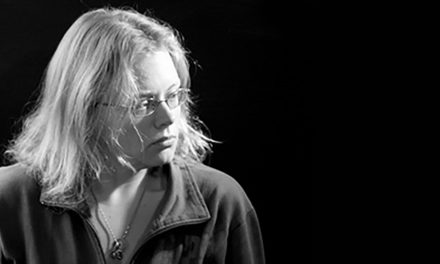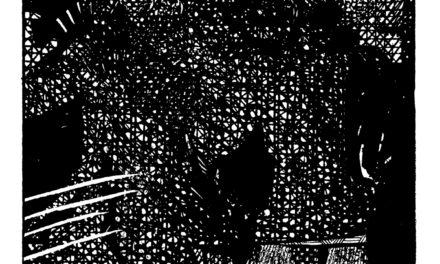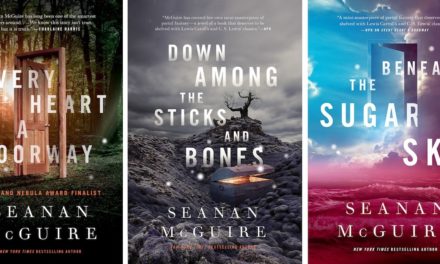Blurring the Boundaries, Writing Horror
Interview with Lindsay King-Miller
Issue 7: Horror | 1,279 words
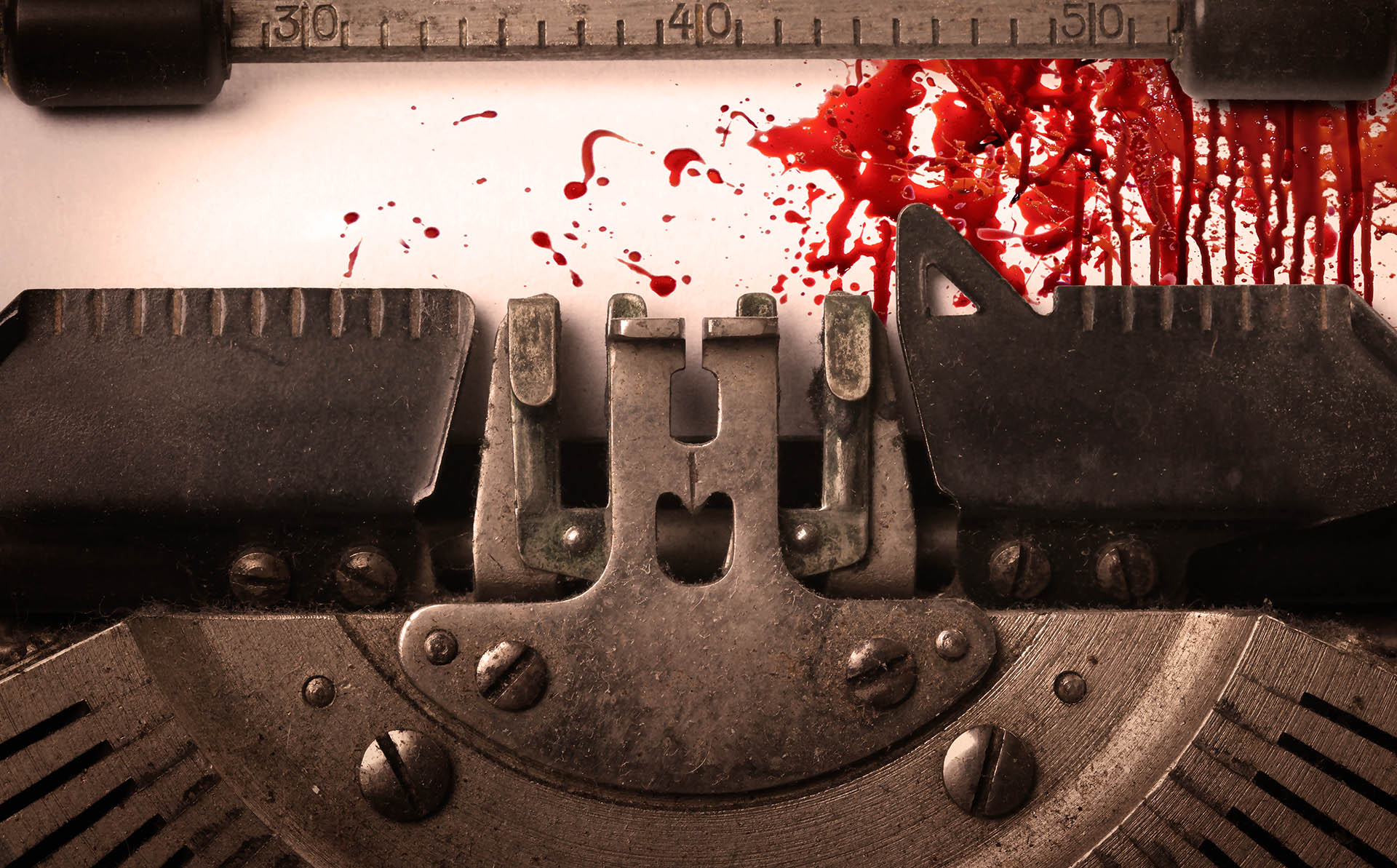
© michaklootwijk/Adobe Stock
To continue our exploration of the horror genre, we speak with writer Lindsay King-Miller, a fellow horror enthusiast.
Thanks again for interviewing with us! We’re interested in how you came to write horror and how you, as a queer woman, may reframe the genre, both for yourself and others.
First, tell us about how you were drawn to the horror genre and what led you to writing horror.
I’ve loved horror since way back in my Goosebumps days, and when I was as young as eight or nine, I used to write little stories about ghosts and monsters. Then I’d act them out with my Barbies, and no one wanted to play at my house. I stopped writing horror for a long time in adolescence and young adulthood, but I never stopped reading and watching it. When I started writing horror again, it was partly as a way to cope with my anxiety and turn it into something more interesting, because generalized anxiety is pretty tedious.
Can you tell us about a time in your life that you were honestly scared? How did that inform your storytelling?
That’s my secret, Capt.: I’m always scared. I like to use my catastrophizing brain as a source of inspiration, to turn it into a game. What’s the worst possible thing that could happen right now? Okay, write about that.
In your article “On Horror Movies and What It Means to Rewrite the Dead Girl,” you discuss at length how the image of the woman’s body, violated and mutilated, interacts with the viewer in both subtle and overt ways. How do you think that visual power of horror—and its unique heritage of featuring woman to batter and slaughter them—translates into written media, where the creator is able to further delve into the inner workings of characters and the emotional impact of horror?
Thank you so much for reading that essay! Written horror has to push different buttons than a horror film. There’s such an immediate physiological reaction to seeing a person in fear or pain, and you can’t reproduce that through text. There are no jump scares on the page, either. So, a horror story or book has to find other ways to throw the reader off-balance. Going deep into a character’s feelings, their emotional or physical experience of terror or suffering, is one way to do that. Confusion is another tool horror writers can use to great effect. Not knowing what’s happening or how you ended up in a place can be so frightening. Fever Dream by Samanta Schweblin is one of my favorite horror novels because the whole thing exists in this space of uncertainty: the protagonist doesn’t know where her child is, and the dread of that pervades every page of the book. Writing can absolutely provoke a visceral fear reaction, it just requires different strategies than a visual artist would use.
The woman victim has been an iconic feature of horror since the genre’s genesis. As a feminist, queer woman, how do you approach that particular trope in the horror stories you consume and create?
I love female monsters, female victims, female heroes—I love stories where there are lots of female characters doing lots of different things, and where none of the characters has to bear the sole responsibility of Female Representation. I also love stories that blur the boundaries between monster and victim. I’m thinking of stories like Ginger Snaps and Jennifer’s Body, and even White is for Witching, where a woman is simultaneously dangerous and in danger, and you’re not sure whether you should be rooting for her or hoping she dies. I think that’s much more interesting than blameless victims or even badass heroines.
Women, POC, and queer people have had to learn to perceive threats to move through a world that functions on their marginalization. In this way, horror seems to have always spoken to these communities in a unique way. What do you hope to see happen with horror as women, POC, and queer people assert their presence into the genre?
I just hope to see more of that! I think it’s happening right now, and it’s amazing, and I just want more. I want tons of new voices giving horror their own twists. Fear is such a universal feeling, but the circumstances that produce it are so specific and personal. The horror genre has so much potential for expressing the real fears and threats marginalized people live with. There’s no limit to the kinds of stories that can be told.
We loved how deftly you handled the balance of horror and erotic elements in your story “In a Tide of Blood.” As an author, where do you draw the line when it comes to the horrifying and the erotic?
I’m not totally sure what you mean by the line—I think plenty of things can be both! Bodies are really fucking weird. Desire and fear are such intense feelings, and they can get mixed up in all kinds of strange and upsetting ways. Pain can be erotic. Things can feel really good and really bad at the same time. Can I bring up Ginger Snaps again? Katharine Isabelle’s line: “I get this ache, and I thought it was for sex, but it’s for tearing everything to fucking pieces.” I like to explore the blurry area in between. I should also probably plug the anthology Dark Rainbow: LGBT Erotic Horror, which features my story “Think of Me,” about haunted lesbian sex.
We wrote that question before selecting the works featured in this issue. There are two stories, in particular, that blur that line, and to good effect. Horror and eroticism seem tied together quite naturally. There’s definitely a visceral feel to both.
To that effect, the reward of watching and reading horror is often a sense of catharsis. Do you find catharsis in your own work? If so, how?
I don’t get the same heart-racing feeling from my own work as I do watching or reading other people’s horror. For me, that cathartic feeling comes from suspense and resolution, and I don’t really feel suspense while I’m writing. I know what’s going to happen. But I do often find clarity or closure in writing horror, just like with other kinds of writing. It’s not exactly catharsis, but it’s something that helps me understand myself better. It’s definitely valuable to my mental health.
How do you insulate yourself from the horrors of the horror genre when you need a bit of escapism? What do you turn to when you need some happiness-fodder?
Horror often is my escapism, actually. I find it a really effective way of dealing with anxiety because it gives that aimless sense of dread something to attach to, and that makes it more manageable. But when I really need to reset my brain, my go-to comfort food in movie form is The Broken Hearts Club. Gay romance, banter, found family, a young Billy Porter. What else do you need?
When we spoke with Alan Beatts at Borderlands Books, we came to a similar conclusion: horror for many people becomes a way of confronting personal dreads head on.
So, as a lover of horror, we assume you have favorites. Do you have an all-time favorite scream queen? Final girl?
Ginger Fitzgerald rocks my world.
Can you tell us about any current projects or anything you want to plug?
Check out my Bluebeard retelling “The White Door” in Unspeakable: A Queer Gothic Anthology, out February 28 from Nyx Publishing!
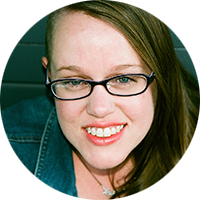
Lindsay King-Miller
Lindsay King-Miller is a queer advice columnist and author. Her fiction has appeared in The Fiends in the Furrows: An Anthology of Folk Horror and Dark Rainbow: LGBTQ Erotic Horror. She is the author of Ask a Queer Chick: A Guide to Sex, Love, and Life for Girls who Dig Girls (Plume 2016). She lives in Denver.


